In the digital age, artificial intelligence and 3D technology are redefining the way artists create. From modeling, to life-size scaling, to high-precision 3D scanning and printing, technology has become a powerful “creative tool” that saves artists effort, materials, and time for experimentation.
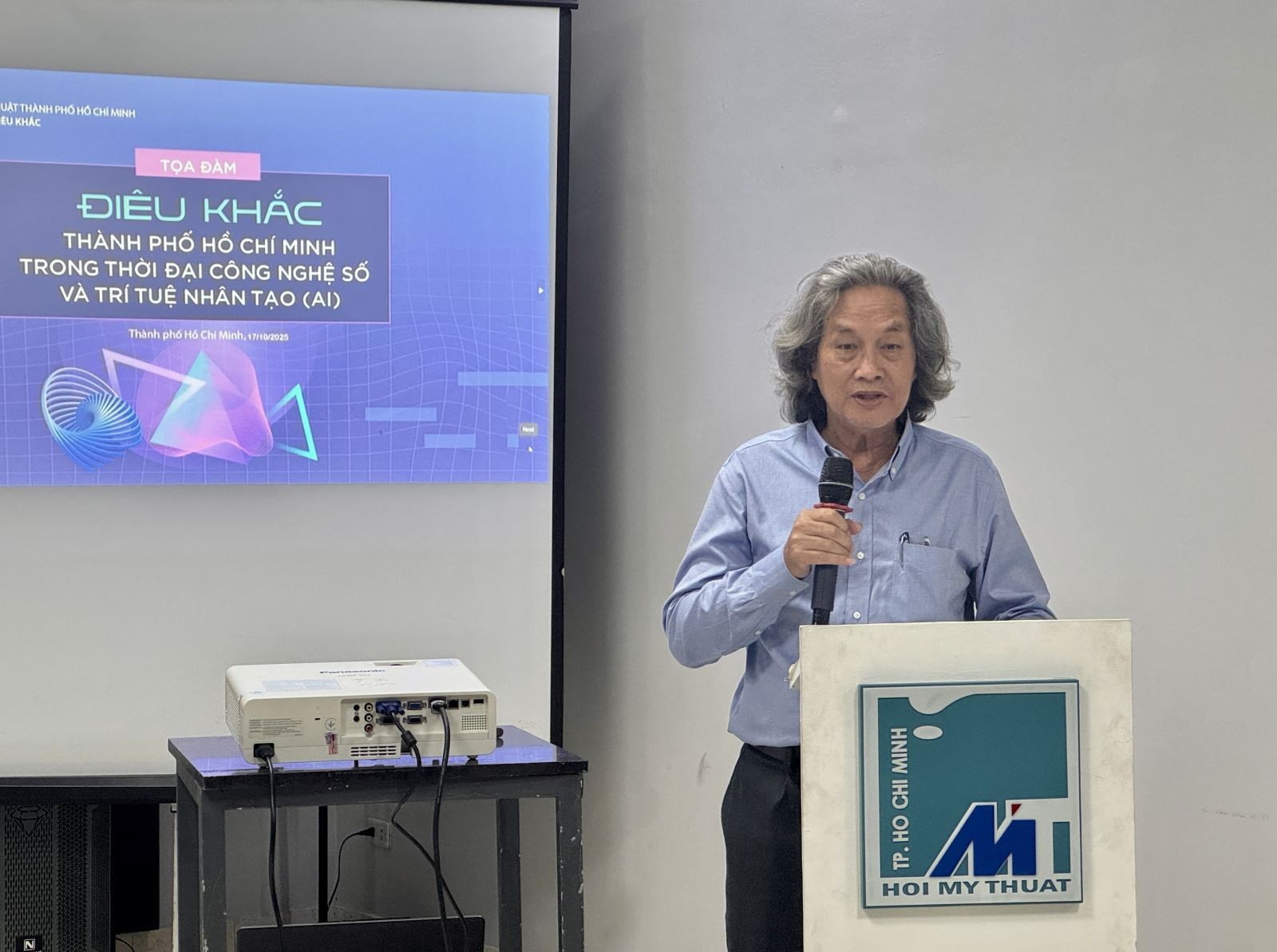
Professor, PhD, sculptor Nguyen Xuan Tien, Chairman of the Ho Chi Minh City Fine Arts Association, said: “Thanks to artificial intelligence, sculptors can enlarge the actual size of the work, something that previously could only be done with imagination. AI also supports perspective, materials, lighting, etc., helping artists easily experiment with many creative possibilities without spending too much on materials and labor.”
However, Mr. Tien emphasized: “Technology is only a means of support, not a salvation. Artists must learn, understand and use technology so as not to lose themselves or their nation.”
According to sculptor Lam Quang Noi, the emergence of AI and 3D simulation software has helped the process of completing works “reduce up to 50% of the effort”. Mr. Noi believes that AI is doing a good job in post-production, not only in sculpture but also in photography, exhibition and conservation, thereby opening up opportunities for easier access to art for the public.
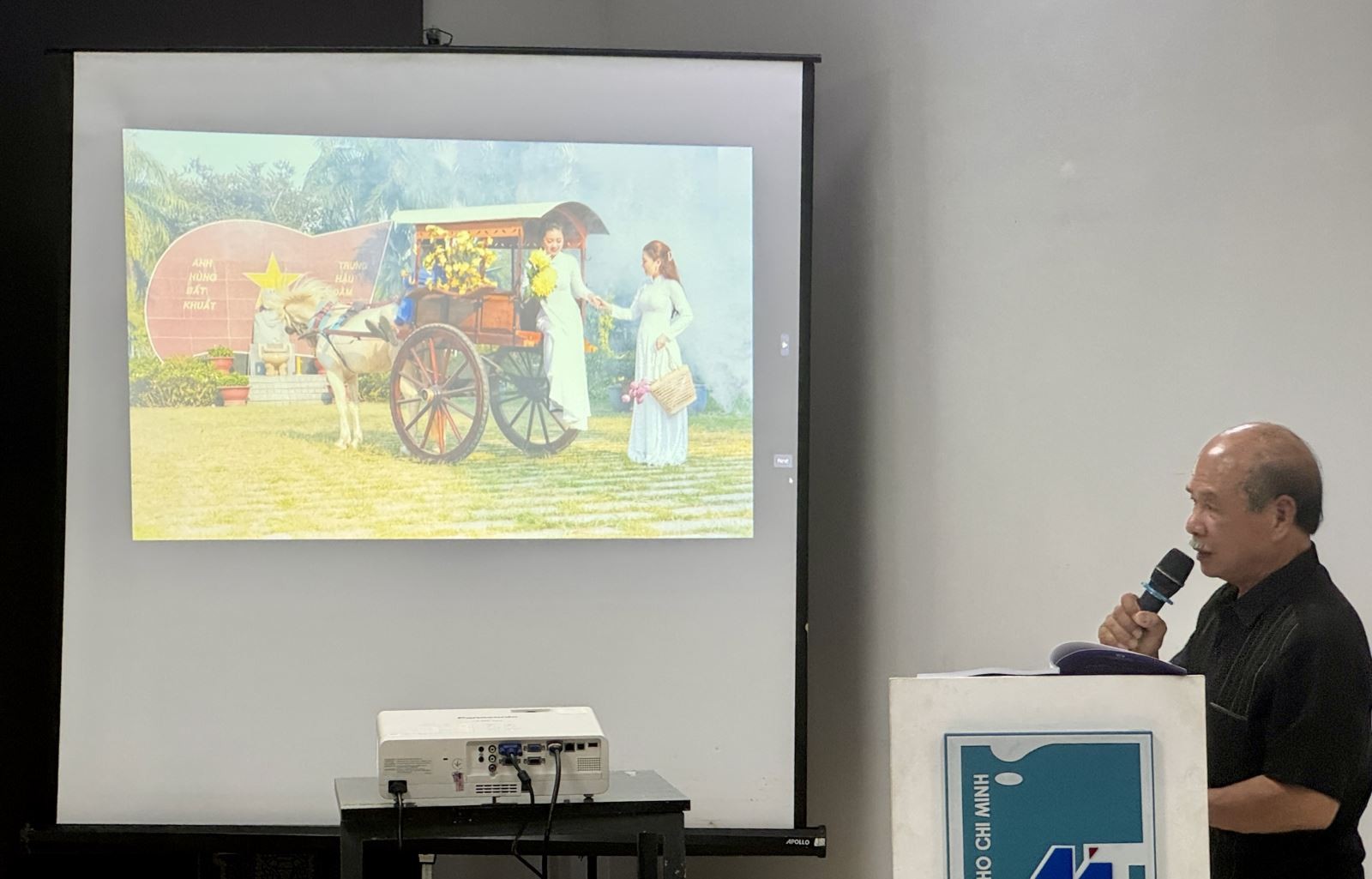
Through sharing the topic "Recreating the cultural value of Ly Dynasty sculpture through 3D scanning and printing technology", Master, designer Ton Nguyen Tuyet Hoa, Lecturer at Van Lang University said: "This is a highly accurate technology, applied by Cambodia, India, and France to restore statues and relics without affecting the original. In Vietnam, the Hue Monuments Conservation Center or the Cham Sculpture Museum ( Da Nang ) are also applying digital technology in conservation, expanding the ability to promote heritage to the public".
According to designer Tuyet Hoa, technology helps researchers "preserve physical memories" from ancient statues, reliefs, to archaeological sites more accurately and sustainably, creating a premise for education and restoration of traditional culture in the future.
Although technology brings countless conveniences, it also poses the risk of “desensitizing” art when creation becomes too easy, too precise, too perfect. That makes many artists ask: how to retain the human breath in a world supported by machines?
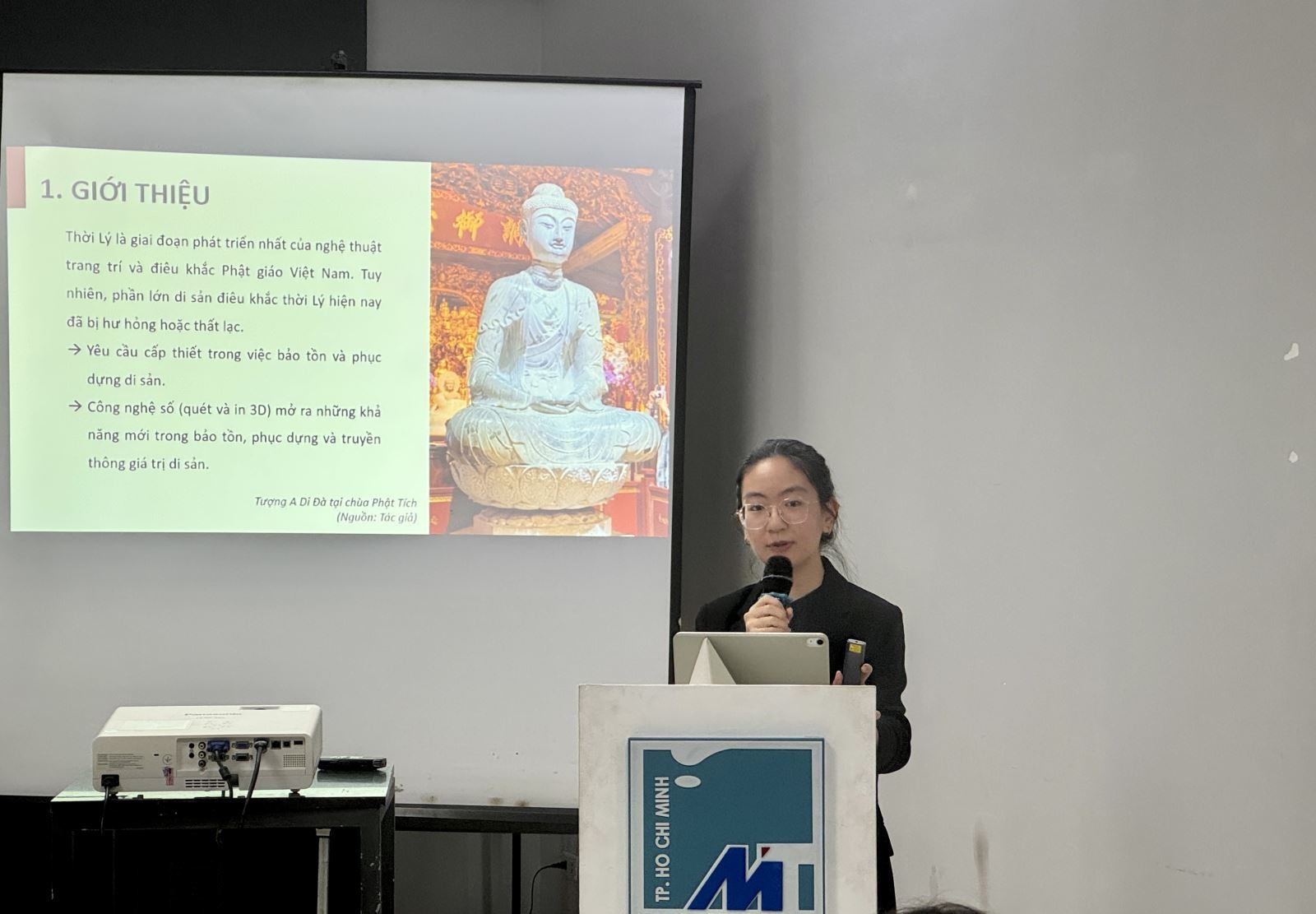
Sculptor Le Lang Bien, Head of the Sculpture Department of the Ho Chi Minh City Fine Arts Association, who pursues contemporary sculpture, shared: “AI can simulate shapes and personal styles, but cannot replace human intuition and aesthetic thinking. Sculpture is a dialogue between humans and matter, between breath, emotion and contemplation. If that dialogue is lost, art will become soulless.”
Mr. Bien believes that today’s artists need to “coexist” with technology, not be led by it. “AI should be a companion, helping to expand the boundaries of creativity, not someone who decides for you,” he said.
From a training perspective, MSc. HS Le Ngo Quynh Dan, a young lecturer in the field of sculpture, said: “AI helps students create models faster, but without a deep understanding of blocks, materials and the spirit of shaping, the work will lose its depth. The biggest challenge for the young generation of sculptors is to balance digital techniques and real emotions.” According to Ms. Dan, art education in the AI era needs to guide students back to the core, which is the philosophy of life, national identity and the artist's feelings.
Experts also agree that, in the context of strong urbanization and globalization, Vietnamese sculpture needs to pay more attention to public spaces, heritage and urban memories. Each work is not only an art object but also a “visual memory” of the community, a place to preserve Vietnamese culture, spirit and soul.
Mr. Nguyen Xuan Tien affirmed: “Sculpture is the memory of the city. When technology helps us recreate and preserve, it is an opportunity to spread aesthetic values to the community. But if we depend on technology, artists will lose themselves.”
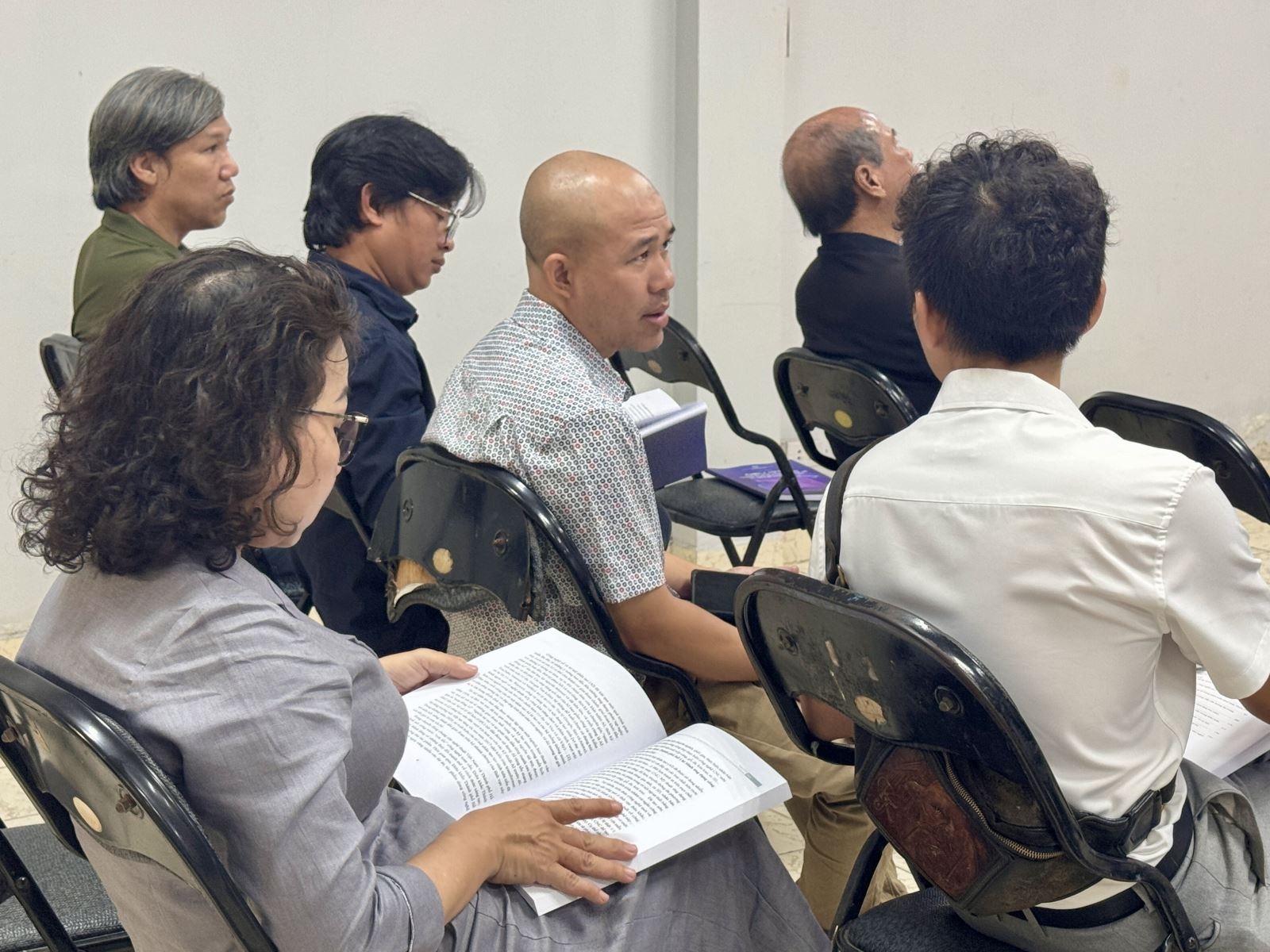
Ultimately, while technology can create perfect shapes, only real emotions can breathe life into them. As sculptor Le Lang Bien said: “A sculpture only truly lives when the viewer feels the heartbeat of its creator.”
In the age of data and simulation, that “heartbeat”, the symbol of human emotions and souls, is what helps the sculpture art of Ho Chi Minh City in particular and Vietnam in general to exist and spread in a world that is changing every day.
Source: https://baolaocai.vn/khi-dieu-khac-buoc-vao-ky-nguyen-tri-tue-nhan-tao-post884748.html



![[Photo] Worshiping the Tuyet Son statue - a nearly 400-year-old treasure at Keo Pagoda](/_next/image?url=https%3A%2F%2Fvphoto.vietnam.vn%2Fthumb%2F1200x675%2Fvietnam%2Fresource%2FIMAGE%2F2025%2F12%2F02%2F1764679323086_ndo_br_tempimageomw0hi-4884-jpg.webp&w=3840&q=75)


![[Photo] Parade to celebrate the 50th anniversary of Laos' National Day](/_next/image?url=https%3A%2F%2Fvphoto.vietnam.vn%2Fthumb%2F1200x675%2Fvietnam%2Fresource%2FIMAGE%2F2025%2F12%2F02%2F1764691918289_ndo_br_0-jpg.webp&w=3840&q=75)



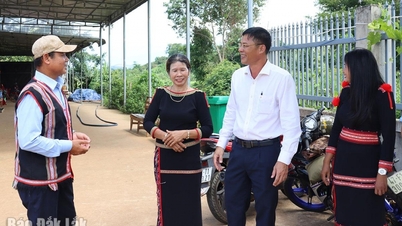

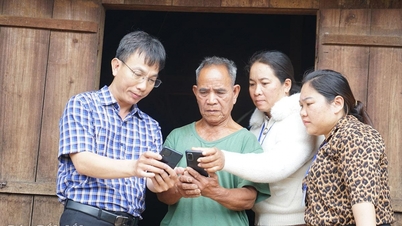
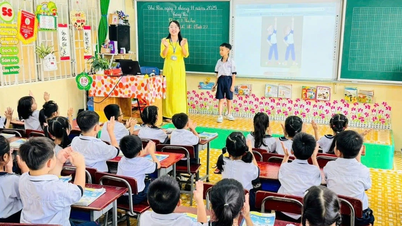

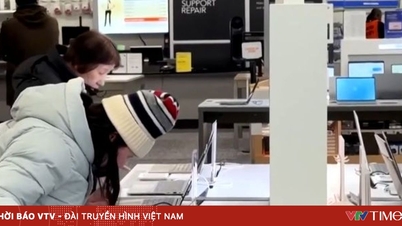



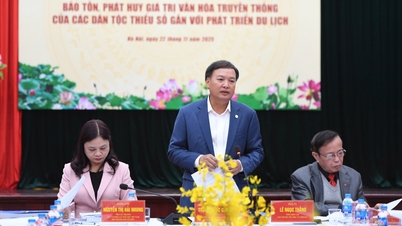




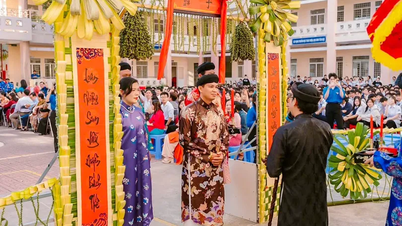

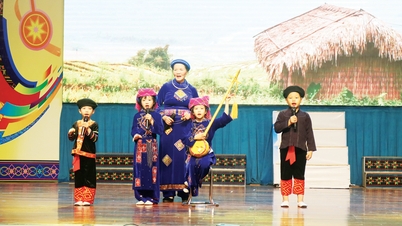
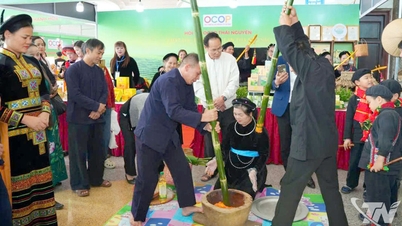





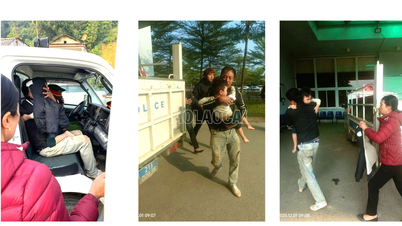
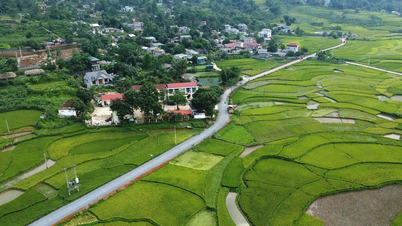
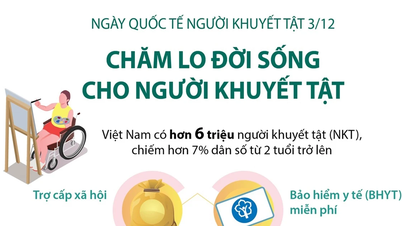
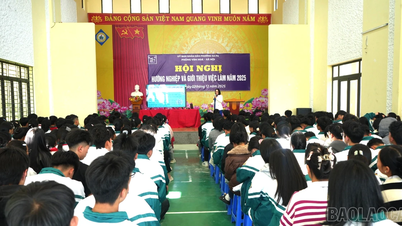





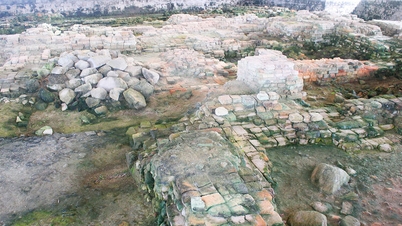

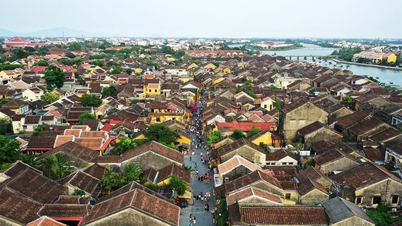

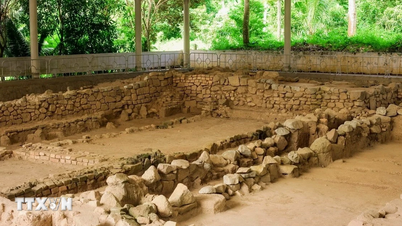
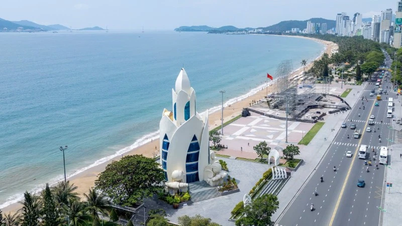

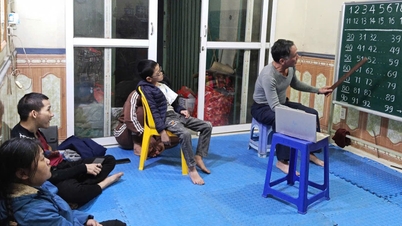



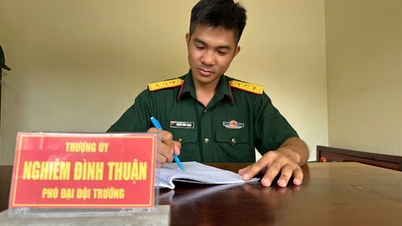

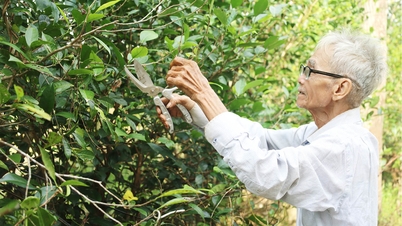

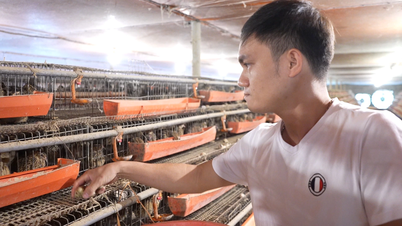

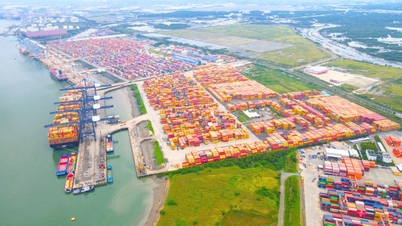

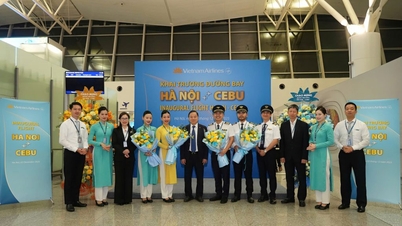
















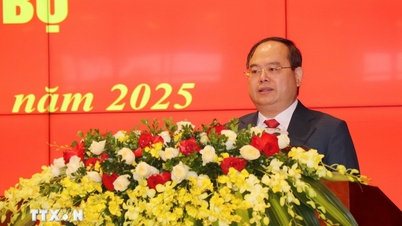
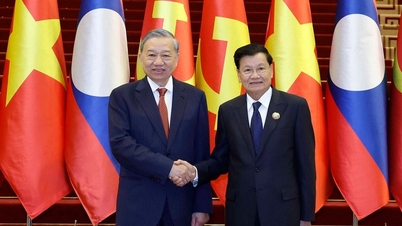

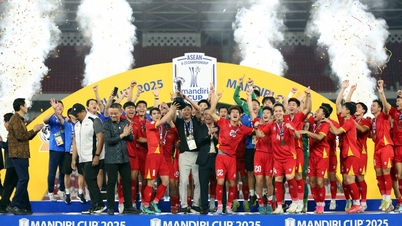

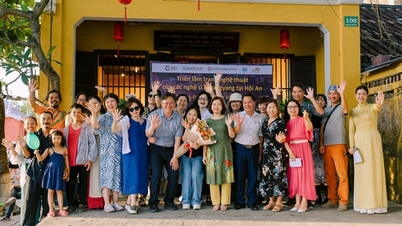


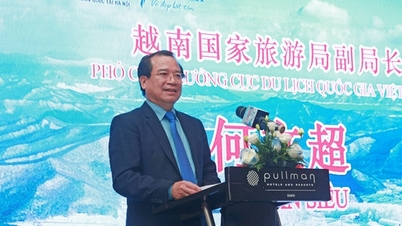


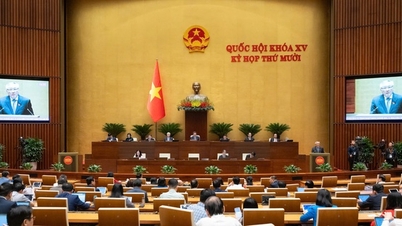



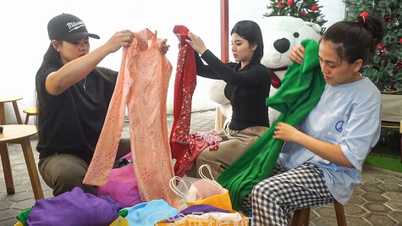



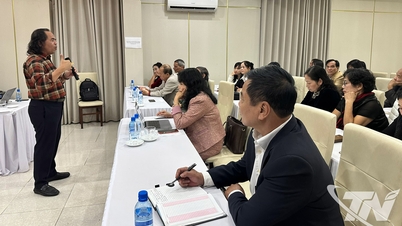
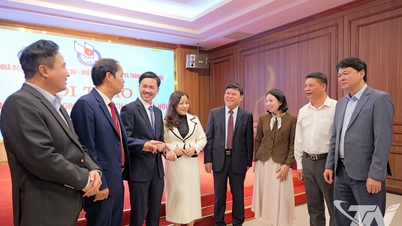












Comment (0)